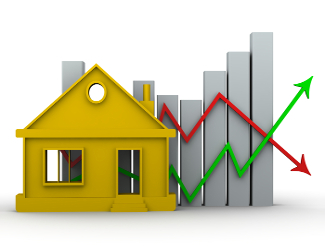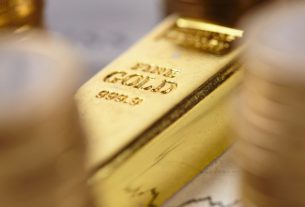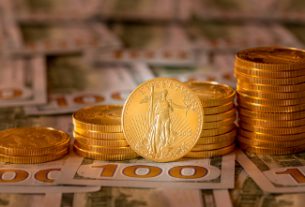Every month seems to bring conflicting data from the housing market, with occasional bits of rosy data eventually overwhelmed by negative data. It’s no secret that houses across the country are incredibly expensive. It’s not even just the large metro areas such as San Francisco, New York, and Washington, DC that are affected either. Even interior states such as Indiana, Utah, and Oklahoma are seeing expensive new homes popping up all over the place.
That was the intent of the Federal Reserve when it launched its quantitative easing (QE) programs in the wake of the financial crisis, and it worked like a charm. But while those high housing prices have benefited existing homeowners by boosting their paper wealth, they have kept younger families from being able to purchase houses. Despite record low interest rates for a decade, more and more people found themselves shut out from the housing market.
That is finally starting to become evident in the housing market, as pending home sales have suffered 14 consecutive months of year-on-year declines. Just as the collapse in the housing market presaged the eventual collapse of the stock market bubble in 2007 and 2008, the collapse in the housing market over the past year could be presaging the eventual collapse of our current stock market bubble.
Homebuying activity is currently slowing down in many formerly hot markets, while prices are beginning to fall around the country. All indications are that we’re finally seeing a slowdown in the housing market and an end to the price bubble that has afflicted the housing sector for over a decade. The real question, however, is what will happen next?
Will the Fed allow the housing sector to return to normalcy, allowing younger families to finally afford a house? Or will it intervene in markets as it did from 2008 onward, keeping prices elevated? Will the Fed’s recent capitulation to stock markets in its announcement that it would cease the drawdown of its balance sheet mean that the Fed is preparing to build up enough ammunition to buoy the banking system and housing sector once again?
Since the Fed really only knows how to do one thing, create money out of thin air, the answer has to be that the Fed will intervene just as it did before. That’s bad news for the economy and bad news for investors. Anything the Fed does will occur only after the crisis becomes fully evident. That means that stock markets will crash in a big way before the Fed springs into action. And once the Fed does begin to intervene it will create trillions more dollars in new money, just as it did with QE1, QE2, and QE3. That will result in elevated asset prices further on down the line.
For investors looking to keep their retirement assets safe and secure, the next few years will be uneasy ones. That’s why it’s so important to take preventative steps as soon as possible to protect your hard-earned assets. By investing in gold, you can take advantage of gold’s ability to maintain its value in the face of economic headwinds. Even better, investing in gold through a gold IRA allows you to take advantage of the same tax benefits as traditional IRA accounts, roll over existing 401(k) or IRA investment funds, and enjoy the protection of owning gold.
But don’t wait until stock markets are deeply in the red to protect your investment portfolio. Act now to keep your assets safe and ensure that you’ll be able to enjoy a long and prosperous retirement.
This article was originally posted on Goldco.




